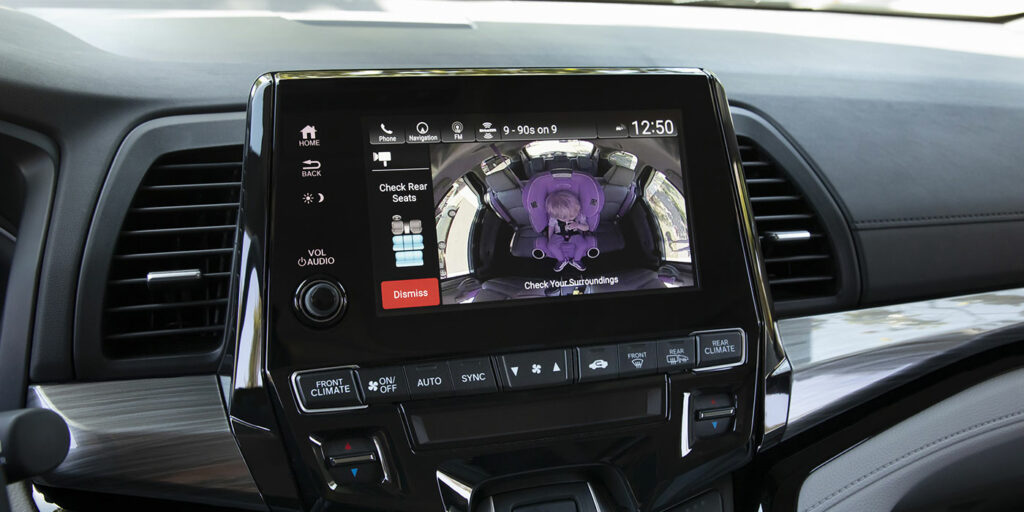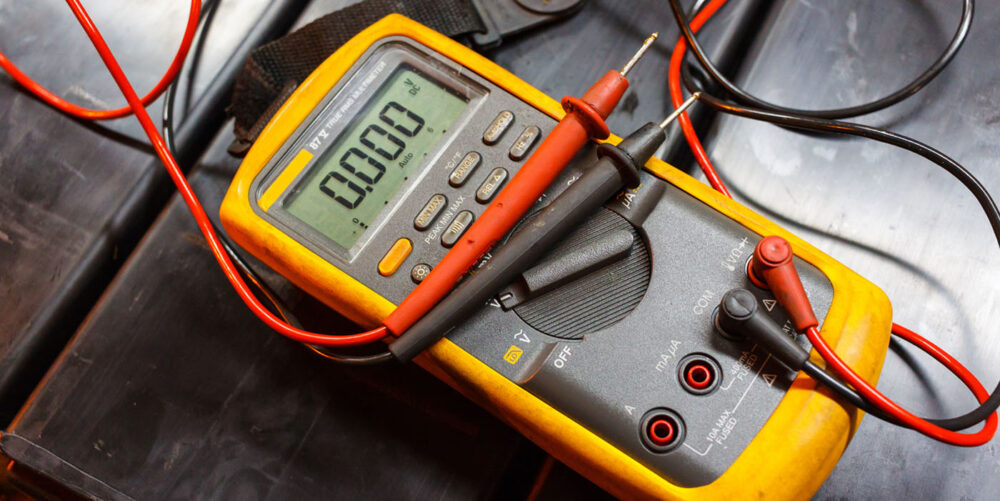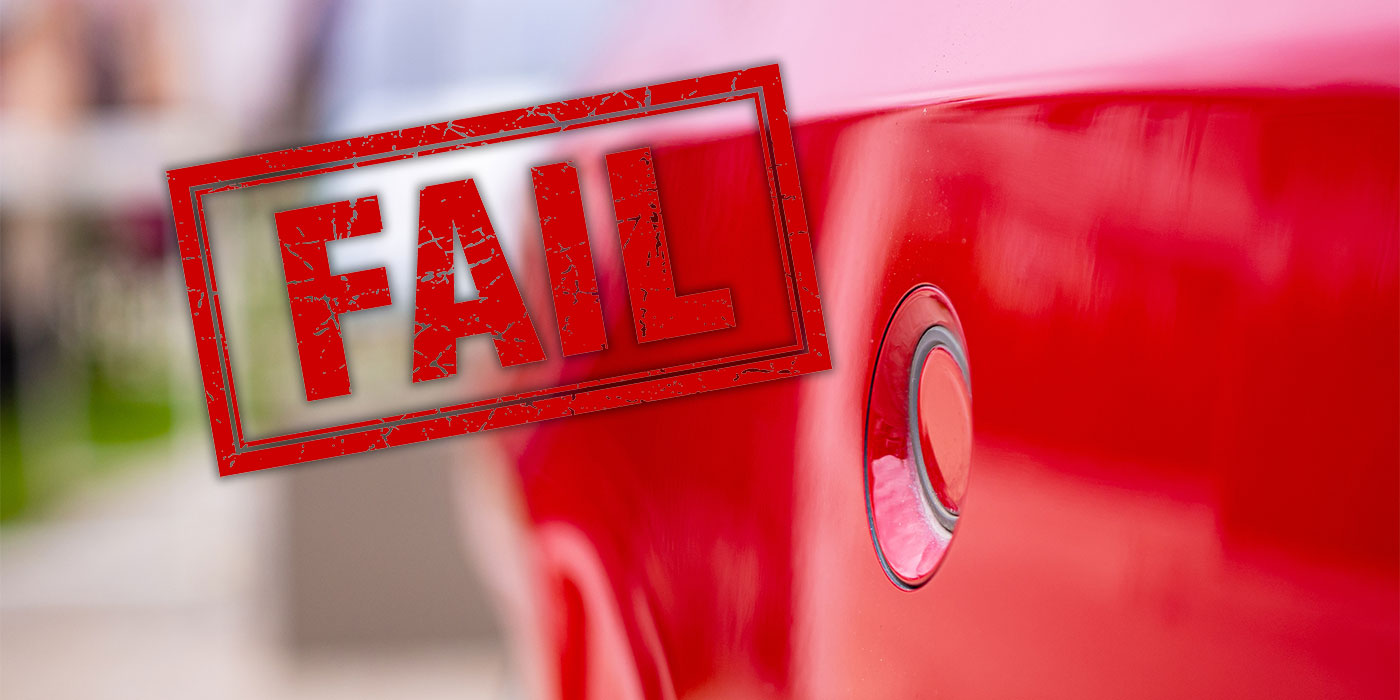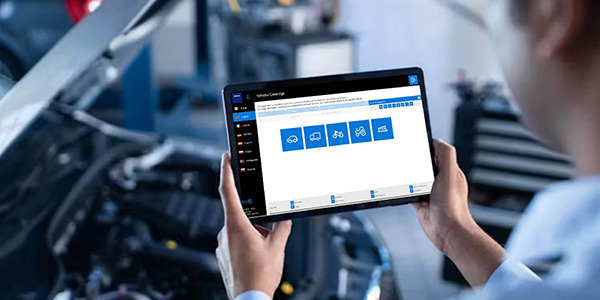The automotive world has been separated by specialized categories for some time. You have your collision repair centers which, for ease of reference, have the auto glass as a segment. You also have mechanical repair centers, which segment even more. You also have the transportation industry, which consists of the larger vehicles such as trucks and buses.
With manufacturers such as Tesla, Waymo, Cruise and Ford, which are just a few of the 30-plus companies and counting racing to our future of autonomous vehicles, we will see the three segments (collision, mechanical and transportation) crossing over in some of the technology being developed. It may not be directly linked, but some of the theory of operation may be. If the future of vehicles communicating and working together on the roadway becomes a reality, the crossover may be closer than we think.
We see an example of this already right before our eyes. The development of the new ADAS features in vehicles has affected all the segments immensely, which has triggered a blending of the industries.
Crossing Over
To be honest, I’m not entirely sure which industry is crossing over to whose area of common ground on the servicing of electronics in today’s vehicles.
My interpretation is that the mechanical repair industry has been using diagnostic tools for engine repair and diagnostics much longer and more frequently than the collision industry. Scan tools and diagnostic scanning has been part of the mechanical world for many years. It was largely focused on engine performance as that was where most computers were associated with the vehicle. Today, that is not necessarily true. The introduction of airbags and sensors years ago taught many collision repairers that times were about to change.
The diagnostic technician who can troubleshoot and understands electronics is now becoming a critical piece to all repairs in both the collision and mechanical segments.
If you disagree, great, we’ll agree to disagree for the time being – although I would love to hear your reasons why. I’m learning more every day that things we thought to be true – in years, months and even days gone by – have changed dramatically. With all the changes occurring and how fast they’re occurring, I’ve recently accepted the motto, “I know less today than I did yesterday.” But, like many of you, I’m trying to learn more every day.
More Vehicles with ADAS
According to Autoblog, automakers sold 14.57 million new cars in 2020, which was down from 17 million the previous year before the pandemic. That means for all segments of the vehicle repair industry, there is a whole lot more new vehicles with ADAS features hitting the roads.
The ADAS features are currently a big part of why the mechanical repair and collision repair industries are crossing over more. We all know that a vehicle involved in a collision will more than likely have ADAS features that will require repair and/or calibrations. Mechanical operations or repairs may have the same considerations. As the fleet of vehicles that were introduced to the consumer start becoming old enough to be out of warranty, mechanical shops will see more and more repairs associated with these features. The same equipment and training will be needed by both industries.
The ADAS features are currently a big part of why the mechanical repair and collision repair industries are crossing over more.
Both the collision repair and mechanical repair industries are learning about changes in vehicle electronics on the go. A collision obviously brings a vehicle to the body shop; everything else brings it to a mechanic. For those of you who have both collision and mechanical repair services, you’re already aware of the blending of information and procedures as well as equipment.
Changes to a vehicle’s suspension and ride height are as critical to ADAS operation as structural repairs in a collision. Legacy systems such as ABS, stability control and wheel speed sensors are all part of the legacy systems that ADAS features are built from and incorporate into their functions. Alignments and brake pads as well as tire size, among other things, affect all ADAS components.
A DTC that designates a transmission issue may produce more DTCs in the ADAS components as the vehicle’s speed is incorporated into the ADAS functions. This DTC may prevent a vehicle from being able to undergo an ADAS calibration. Along with faulty grounds, worn and destroyed wiring from use and the wonderful effects that time and miles have on wires and circuits will bring these vehicles to mechanics. The diagnostic technician who can troubleshoot and understands electronics is now becoming a critical piece to all repairs in both the collision and mechanical segments.
Doing the Research
There are some items that all of us need to research, no matter who is doing the repairs or what types of repairs are being done to the vehicle. Common procedures that occur every day will have an impact on ADAS systems.
For mechanical repairs, I think there are some important items to address. Here are some examples of operations that will affect ADAS features:
- Alignment, repair or replacement of components that affect thrust angle
- Alignment, repair or replacement of any parts that will change the vehicle’s ride height
- Brake service that may require specific parts (brake pads, calipers) to ensure ADAS emergency automatic braking requirements are met
- Servicing ABS, traction control
- Removing, loosening or disconnecting any radar or sensor module that may be necessary to service another part, such as the AC or cooling system
- Adding any performance feature that may change the vehicle’s ride height or angle to the roadway (suspension, body lifts, ground effects)
- Components that will interfere with radar in front of the vehicle (push bars, lights)
- Custom wheels and tires
The list goes on and on. You may not be working on an ADAS system, but chances are you’re working with systems and components that affect the ADAS features.
Most systems are all interconnected in the vehicle. One module having a U-code will set off a chain reaction of DTCs in the vehicle. Any repair that causes a change in connectivity such as: disconnecting a sensor; a change or possible change in angle such as moving, repairing or even removing and reinstalling any component that may change the angle of that component; or any service that may change the vehicle’s attitude to the ground such as height, pitch or yaw may necessitate calibration of the ADAS features currently offered. Cameras and radars as well as lasers are affected by deviations from factory specs.
Auto Glass
I want to be clear here, and I will use the auto glass industry as an example. Windshields on ADAS-equipped vehicles require a calibration. The removal of the camera from its bracket on the glass or the changing of the focal lens (windshield) necessitates a calibration to be sure the cameras are aligned correctly and see correctly. Many glass technicians think that if they leave the camera connected and dangling from the wires while replacing the windshield that a calibration is not necessary. The misconception is that it is just about connectivity to the other components, but the reality is that it is both connectivity and angle change of the camera on the windshield.
With cameras, radars and lasers, because of the service provided and the possibility of human error, if you disconnect it, possibly change its angle or possibly change the way it sees or acclimates to the road, you may have to calibrate it – which means you have to calibrate to the vehicle manufacturer’s specs.
Vehicle Manufacturer Guidelines
There is a dilemma that many repairers are running into. The vehicle manufacturer has specific guidelines on how to calibrate the vehicle to OE specs. These specifications include items such as tire pressure, fuel and oil levels, and the environment of a level surface.
ADAS features and/or systems go through serious testing and are also tested by NHTSA as well as IIHS for function and ratings. People buy and become accustomed to these functions. Some family members depend on them to assist in emergency situations. What happens when a vehicle is modified? What happens when you put bigger tires or a suspension kit in the vehicle? Vehicle manufacturers do offer modifications for their vehicles, but the difference between them doing it and a shop doing it is that they’ve tested and provided either parameters or equipment modifications to meet their established criteria. This has some of the aftermarket suppliers working hard to validate their equipment, as noted by the SEMA Detroit Virtual ADAS Forum. The point I hope I’m making is that many mechanical operations affect the ADAS systems as much as any collision damage might.
Summary
The blending of collision and mechanical services by body shops is becoming more common in the industry. The ADAS systems have pushed the collision industry to use more tools and learn to perform diagnostics on vehicle electronics. But for many collision shops, space along with money for equipment and training to do mechanical is not an option. Thus, partnering with mechanical shops becomes necessary to complete repairs.
As far as repairing and accessing all these components, the OEs are changing how and who can access their vehicles. As far as what equipment to use, that requires research and an understanding of what service and what years of vehicles you’re working on.
Some people are putting repairers or shops who do not use OE tools and equipment in a negative light. But, with the automotive industry and companies that build equipment to service vehicles changing so fast and furious, I prefer to keep my mind open and just keep learning. Because, by the time you wake up tomorrow, something will have changed.














